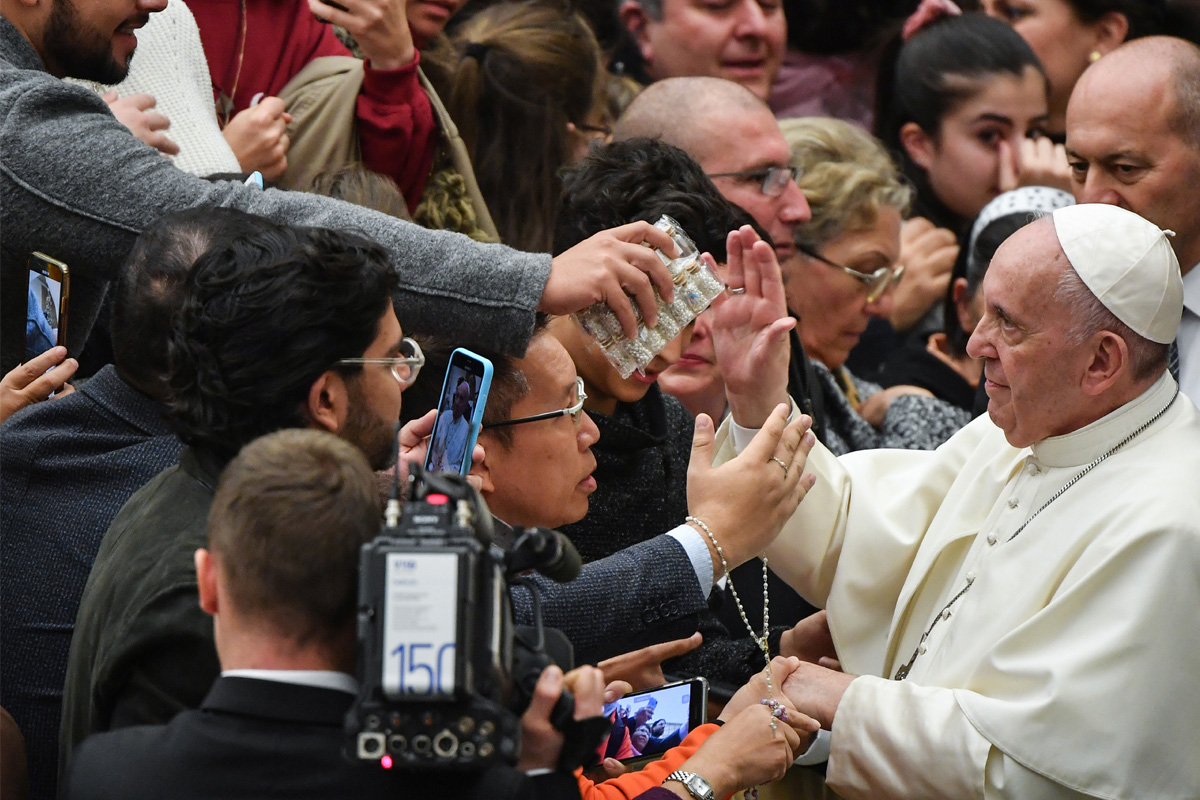The Papacy has scripted a watershed chapter with Tuesday’s decision of Pope Francis to terminate the “secrecy rule” in the Catholic church. Specifically and in an exceptionally robust initiative, he has announced zero tolerance for sexual abusers. It thus comes about that the Pope has effected sweeping changes to the way the Roman Catholic church deals with cases of sexual abuse of children, abolishing the rule of pontifical secrecy that previously covered, indeed protected, the offending clergy.
The fineprint of the Vatican order must be that such secrecy, despite the traditional embroidery of the expression “pontifical”, is henceforth ‘no more an excuse’ for church officials to refuse to share information on matters relating to sexual abuse of children and no less crucially, the reporting of such offences to the civil authorities (aka police).
Advertisement
These are sweeping changes in the rules of the Catholic church and it is fervently to be hoped that such aberrations on the part of the clergy will no longer be swept under the carpet. Two documents issued by the Pope support practices that have been in place in some countries, particularly the US, such as reporting suspicion of sexual abuse to civil authorities where required by law. Both documents, now integral to the Universal Church Law, have forbidden the obligation of silence on those who report sexual abuse or allege they have been victims.
Intrinsically, therefore, it is the calculated “silence” that has been dispensed with, and by that token, Tuesday’s announcement is profoundly epochal. On closer eflection, Pope Francis has been suitably bold to concede the demand articulated by a section of the church leaders at a summit on sexual abuse held at the Vatican in February.
The lifting of pontifical secrecy in sexual abuse investigations was a key demand. The church leaders argued that secrecy in cases of child sexual abuse was outdated and that “some church officials were hiding behind it instead of cooperating with authorities”. One of the documents also raises the age under which pictures of individuals can be considered child sexual abuse images “for purposes of sexual gratification, by whatever means or using whatever technology” from 14 to 18.
The new certitudes constitute the latest amendment to the Catholic Church’s in-house canon law. It is a parallel legal code that metes out ecclesiastical justice for crimes against the faith. Specifically, sexual abuse of minors or the vulnerable by priests, bishops and cardinals. The aberration has eventually been addressed with a cardinal initiative. Pope Francis has put the Papacy on notice, relegating “pontifical secrecy” to the footnotes of the Vatican’s narrative.









